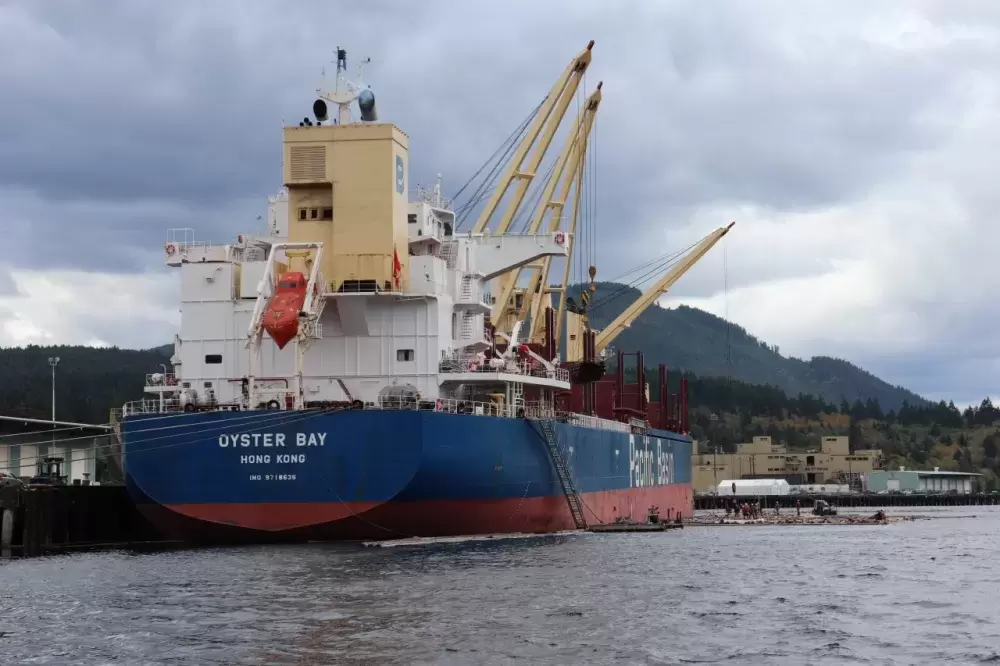For over two years, the Port Alberni Port Authority (PAPA) has been forging ahead trying to secure provincial and federal government funding to build a floating dry dock within the city.
In partnership with the Canadian Maritime Engineering Ltd (CME) and the Floating Dry Dock Community Committee, PAPA boasts that the construction project would create “significant labour, income and training opportunities for the region.”
Dry docks are used for lifting large ships and boats out of the water so that they can be inspected, repaired and maintained.
The estimated $65-million project is anticipated to reduce Port Alberni and its region’s unemployment rate by nine per cent, increase employment income by at least two per cent, and create at least 80 new jobs over the four-year construction timeline.
“We see it as a beneficial opportunity for bringing money into this community and into the Alberni Valley,” said Tseshaht councillor Luke George. “But also potential jobs for our young First Nations people.”
The Port Alberni Port Authority’s president and CEO, Zoran Knezevic, said that he believes it is the best place within the province to build the new facility.
“The market need for a floating dry dock in Port Alberni is clearly identified, diverse, sizeable and expanding,” said Knezevic in a press release. “As a location, Port Alberni has a number of advantages including a proven, Canadian private partner in CME; ample supply of skilled trades labour and willing training partners; a growing marine cluster; and is in sheltered waters easily accessible by any size vessels, makes it an ideal location for the project.”
No preliminary studies on the environmental impact have been conducted. Knezevic said that PAPA is trying to secure the funding first.
“The increase of boat traffic will not necessarily be of significance,” he said. “We are talking about a ship or two a month. This port used to handle much bigger volume, so we haven’t done any studies in that regard [yet].”
George said that Tsehshat First Nation’s letter of support is only in principal at this time, with the understanding that the port authority is going to have to consult with the nation throughout, if the project comes into fruition.
“We’re thankful for being part of the planning committee,” he said. “It’s not all the time that we’re included from the beginning.”
B.C.’s Ministry of Transportation and Infrastructure would not comment on whether they plan to support the project as all B.C. government communications are “limited to health and public safety information during the election period,” said a spokesperson.
If the project were to proceed, a new training program partnership between North Island College, the Nuu-chah-nulth Tribal Council and CME would create at least 55 new Indigenous apprentices over the first three years. The program aims to target at least 25 per cent female participation.
Knezevic said that the “legacy” project would transform the “blue collar community” by creating good paying jobs, establishing long-term careers that will allow people to “live here and afford to live here.”







